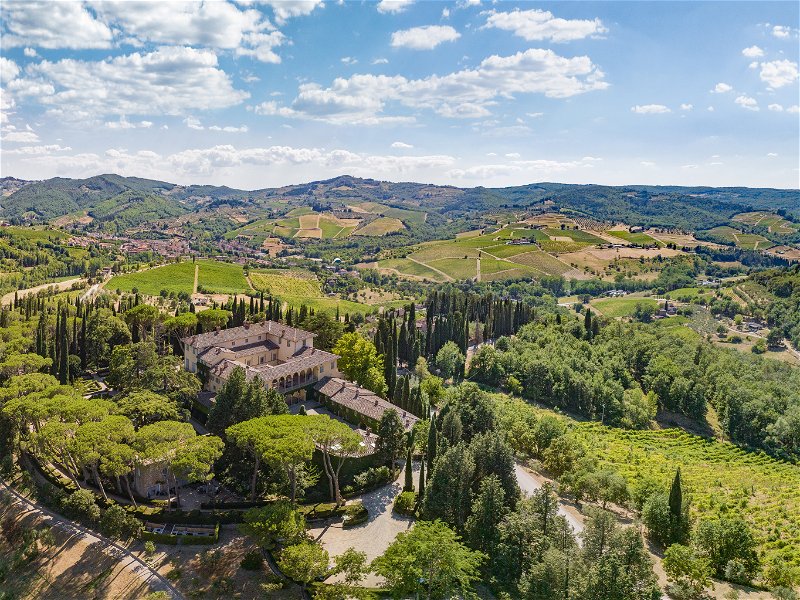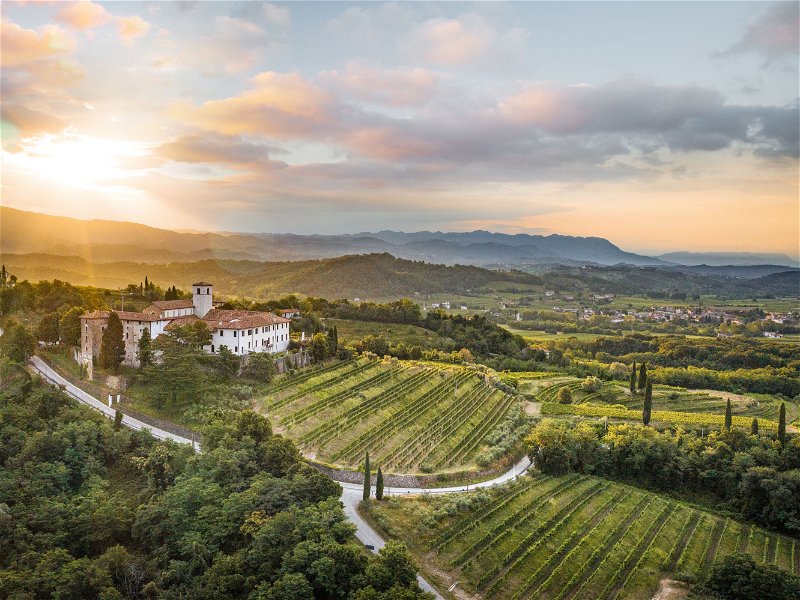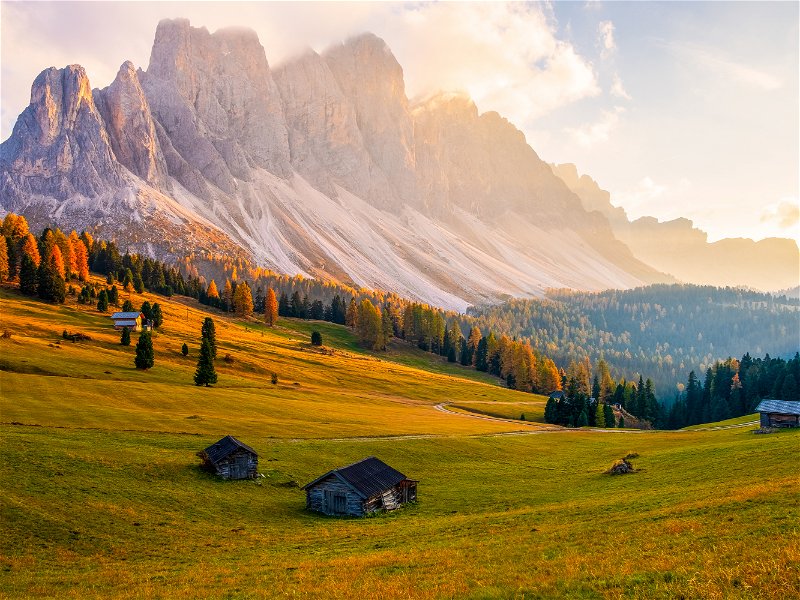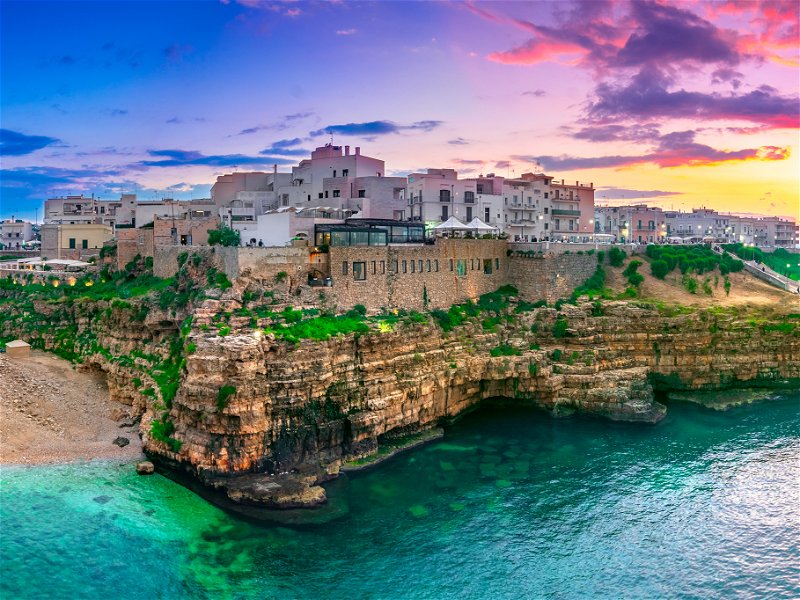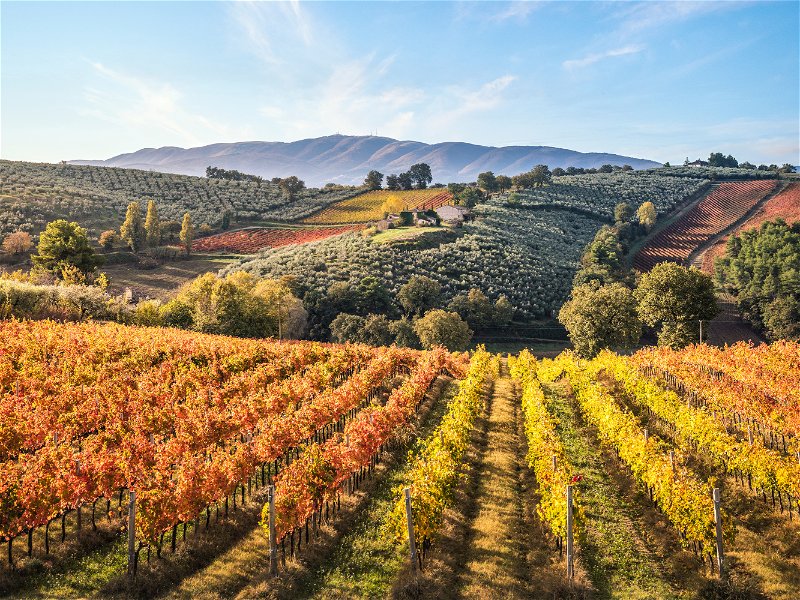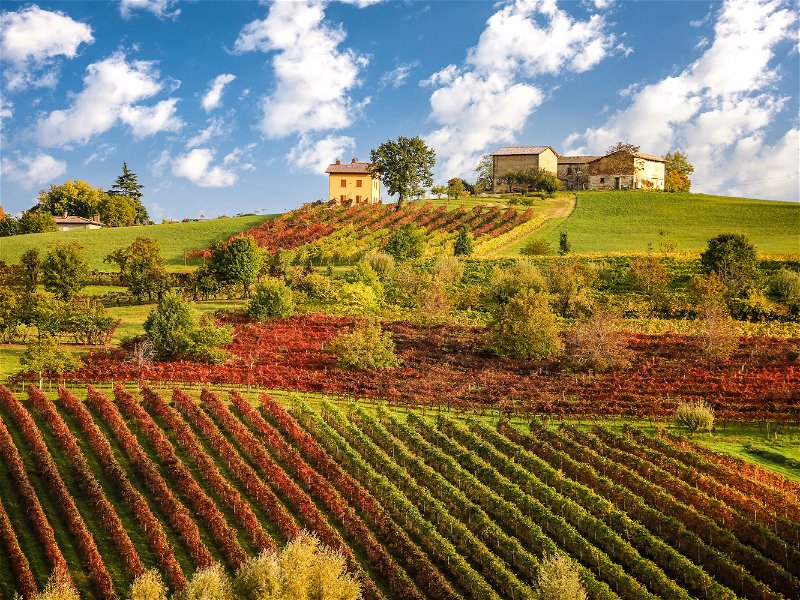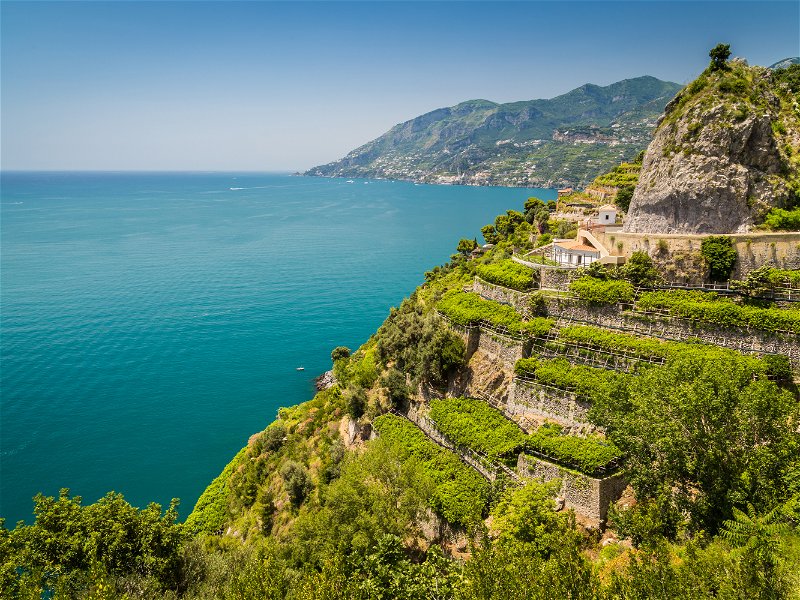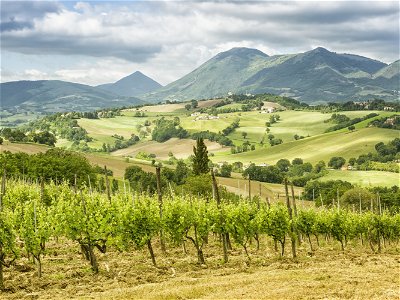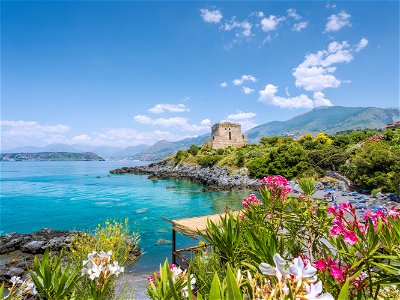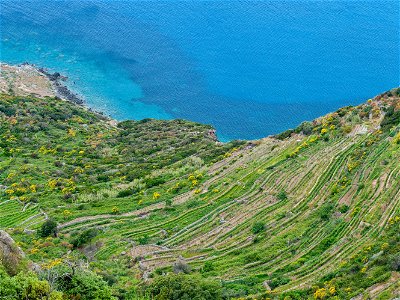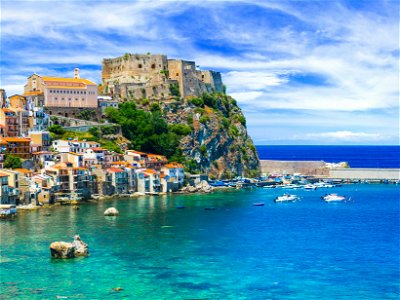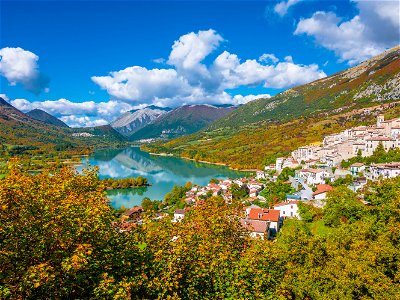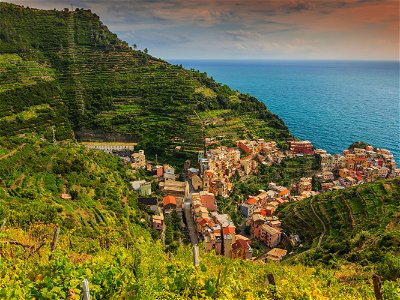Among the largest wine producers in Europe is Italy; here are vines from the Alpine country down to Sicily, on only sporadically interrupted vineyards. The vine was probably brought to Italy by the Greeks in 1000 BC.
From Rome, with the conquests of the Romans, the vine migrated to most parts of Europe and as far west as England. A changeful history over 2 millennia followed, and includes the names of Antinori, Frescobaldi and Mazzei amongst the oldest wine-growing families in Europe.
From north to south, Italy not only has the most diverse climatic zones, but also an enormously varied terroir. Due to the Alps in the north, the Apennine mountain range that runs through large parts of Italy, and the volcanic soils, for example in Calabria, Basilicata or Sicily, in conjunction with the accompanying topography, Italy has produced an extremely diverse range of grape varieties.
Ampelographers have identified up to 800 different varieties spread over an area of more than 700,000 hectares. And they produce an average of 60 million hectoliters of wine, some of which are quite impressive. Many Barolos, Chianti, or Brunellos, and even more so the Bordeaux blends from Tuscany, which have made wine history as "Super Tuscans," are among the most sought-after wines in the world today.
With Tuscany, Italy has one of the most beautiful and spectacular wine cultural landscapes in the world, along with the Moselle, the Wachau or Provence. The white and red wines from the far north, from Alto Adige and Trentino, have perhaps not quite received the attention they deserve for their quality, but the Sauvignon Blancs, Chardonnays or Pinot Noirs produced here need not fear international comparison.
Soave and Valpolicella from Veneto, on the other hand, have enjoyed great popularity for decades, especially in German-speaking countries, and with Amarone the region now even has a wine with cult status in its portfolio. Many Barolos and Barbarescos from Piedmont have long since achieved this status, above all those of the great Italian wine icon Angelo Gaja. With the Gavi and the Arneis, there are also popular white wines here. Friuli in the east can score with Pinot Gigio, Chardonnay and Sauvignon Blanc, while Lombardy has sparkling wines that can compete with the best Champagnes.
Italy's popular white wines also include Vernaccia di San Gimignano from Tuscany, as well as Orvieto and Frascati from central Italy. In the south grows Primitivo, one of the hottest wines of the moment, but also Nero d'Avola and Aglianico. White wines like Fiano or Falanghina can be also be found.
Currently experiencing a lot of hype are the wines borne of the volcanic soils and high altitudes of Etna in Sicily.
Italy's cuisine is as diverse as its wines, some of whose origins date back to the Renaissance. Pasta plays a major role from north to south, of course, but the dishes are interpreted very differently from region to region. Classics in the kitchen are the extra virgin olive oil, the air-dried ham from Parma or San-Daniele, and among the cheeses Parmesan, Pecorino, Mozzarella or Burrata. The delicious vinegar speciality Aceto Balsamico is also an indispensable part of the sophisticated cuisine and has long since become an international classic among professional chefs and amateurs alike.
From the Alps to Sicily, numerous Michelin-starred restaurants, including 11 3-star restaurants alone, provide highlights of Italian gastronomic art.
Wine Regions in Italy
Toscana
There is hardly another cultural landscape in the world as fascinating and impressive as Tuscany. Landscape, architecture, cultural history, viticulture and gastronomy; nowhere else can the interconnectedness of these components be experienced in quite such harmony as here. Writers have...
Piedmont
Piedmont, in northwestern Italy, is one of the most charming of all wine-growing landscapes and not only in the country. The sometimes rugged, steep hills with their small towns and villages on the tops leave a great and fascinating impression. Another peculiarity results from the location of...
Friuli-Venezia Giulia
Friuli Venezia Giulia, along with South Tyrol, is certainly the best region for top white wines in Italy. Some critics and many wine lovers even consider it one of the best in the world. It should not be overlooked that from this region in the northeast of the country also come remarkable red...
Lombardia
Lombardy, with its pulsating metropolis of Milan, stands for the economic growth of northern Italy like hardly any other region. Yet one hardly notices the viticulture when driving through the main traffic arteries. This is because the actual wine-growing areas are located far to the north, deep in...
Alto Adige
South Tyrol, officially called Alto Adige since it became part of Italy, is the northernmost Italian wine-growing region. Despite this exposed position, Alto Adige has an excellent climate for viticulture, since from spring to fall the heat is well stored in the valleys of the Adige and Isarco...
Sicily
Of all the Italian wine-growing regions, the beautiful island of Sicily has probably undergone the most astonishing and also the most rapid development. Until the 1980s, Sicily was still a mass, commercial wine-growing region whose red wines were often bought up by France for blending into their...
Puglia
The large wine-growing region of Puglia forms the south-eastern end of eastern Italy and also includes the heel of the boot, the Salento peninsula. Together with Sicily, the approximately 350 kilometer long coastal strip provides the largest share of Italy's total wine production. However,...
Umbria
As an immediate neighbour to the south, it naturally has a hard time in the shadow of the famous Tuscany, but the region of Umbria, one of the few in Italy without access to the sea, seems to be increasingly stepping out of that shadow. The wine-growing region, which covers about 13,700 hectares,...
Emilia-Romagna
This region in north-central Italy stretches from the Adriatic coast in the east far into Italy's west and also includes the large alluvial areas of the Po Valley. With a good 61,000 hectares of vineyards, Emilia-Romagna is also one of the country's major wine suppliers. The name is derived from...
Campania
Campania, located on the southwestern side of the boot, is one of the oldest wine-growing regions in Italy; before the Romans, the Greeks were already cultivating vines on the volcanic soils around Mount Vesuvius in about 1000 BC. Until its destruction by the eruption of Vesuvius in 79 AD, Pompeii...
